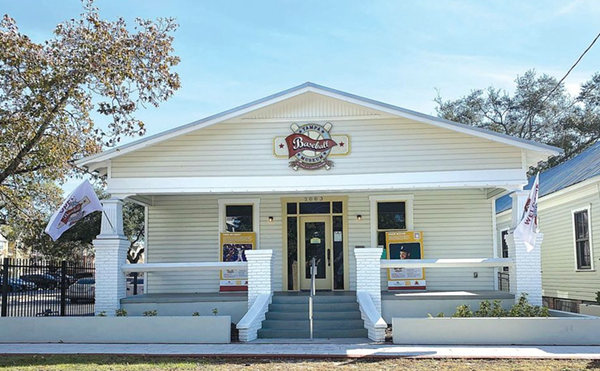Amid this chaos stalks Adam Nowak, aka “The Wolf,” a Polish-born American citizen sent back to Poland by the British Special Operations Executive, a factual World War II “black ops” unit. He is fluent in English, Polish, and German with a genteel appearance that belies his mission. With his “thinning hair and wire-rimmed glasses, many would expect that he was a banker or an accountant — or a student in law school which, in fact, he had been in his previous life.” He is also an accomplished assassin driven by revenge for the death of his aunt and uncle. The Wolf’s job is to eliminate as many Nazis as he can, and he goes about it with cold-blooded efficiency. When asked what to do with two young German prisoners, he drew his pistol and “shot both of them in the head.” He soon meets Natalia, aka “The Conductor,” a courier running messages between Krakow and Warsaw in the guise of a train conductor. Her family disappeared early in the war, and she fears her brother was one of the thousands murdered in the Katyn Forest. A tenuous relationship develops between the two, but they are torn apart as the war draws to a close.
“Peacetime” finds the Americans and British jockeying with the Russians over control of Eastern Europe. The existence of an order authorizing mass murders such as those in the Katyn Forest would have been a trump card for the western powers, and Adam and Natalia are brought back together in the search for the order that has ended up somewhere in Poland. “Peace” has brought a world in which the good guys might wear the bad guy’s uniform; even their own government’s motives are not altruistic.
The Katyn Order could have easily been made into two novels, one about the Warsaw Rising, and the other about the search for the fictional Katyn Order. The former doesn’t really complement the latter, although it provides insight into a little known battle. Jacobson subtitles the chapters with dates, and there is a significant time lapse between the end of The Rising and the search for the order. In the intervening time, Natalia and her comrades come to live in a “thatched roof cottage buried deep in the Bolimowski Forest,” with “winding pathways through dense stands of birch and aspen trees.” It’s an idyllic setting in stark contrast to the hell of Warsaw, a respite that lures the reader into a sense that things are going to be all right. But it’s a false sense, and the former soldiers realize that although “they’d survived one war . . . they were entering another.” The other war comes in the form of the Soviet NKVD, the precursor to the KGB, after the Russians “liberated” Poland. Adam and Natalia must beat the NKVD to the paper with Stalin’s signature that could implicate the Russians in the murders.
Aside from an occasional over-reliance on ellipses, Jacobson wastes no time in getting through the story. Subtitling the chapters with dates is at times distracting, but it also renders each chapter as a journal entry or a log of events. It’s a device that allows Jacobson to skip forward through significant chunks of time, but it also produces a touch of coldness, as if it is merely reportage on death and destruction, of which there is plenty. The human factor never vanishes though, even if it’s not a tidy feel-good story with a happy ending. Although it threatens at times to sink into a sappy love story, the author wisely avoids that. There is a sense of loss and despair that permeates the characters; too bad the end of the war wasn't the end of their despair.

















